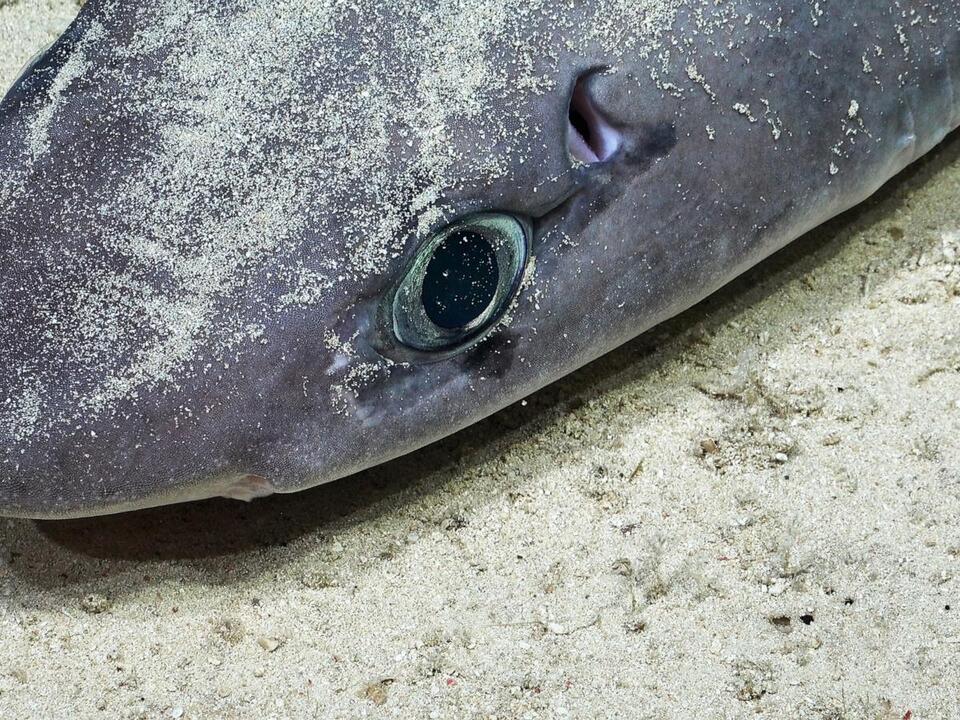Physical Address
304 North Cardinal St.
Dorchester Center, MA 02124
Physical Address
304 North Cardinal St.
Dorchester Center, MA 02124

Recent scientific explorations have unveiled numerous new marine species in an untouched underwater ecosystem found in international waters. Researchers anticipate further discoveries in this pristine area.
The revelations stem from advanced deep-water exploration technology, which allowed scientists to investigate the Nazca Ridge, a newly identified seamount located approximately 900 miles off the coast of Chile in the Southeastern Pacific. According to Jyotika Virmani, executive director of the Schmidt Ocean Institute, this modern technology has enabled the successful mapping and exploration of previously inaccessible regions.
This underwater mountain rises nearly two miles high and boasts a vibrant deep-sea ecosystem. Notable features include a remarkable coral garden the size of three tennis courts and a flourishing sponge garden, as detailed by Virmani.
The research team, aboard the state-of-the-art vessel Falkor, employed a remotely operated vehicle named SuBastian to capture images and gather samples. This method significantly outperformed earlier mapping efforts that relied on satellite imagery, providing a more accurate representation of the seafloor.
The recent expedition led to the discovery of several new species, including various anemones, urchins, corals, shrimp, and even a squat lobster. Additionally, fossilized whale bones were found that may hint at a previously unknown ancient whale species.
Accompanying these discoveries, the team achieved a historic milestone by recording the elusive Promachoteuthis squid for the very first time. The Nazca Ridge’s remote location contributes to its relatively untouched state, with Virmani noting that the ecosystem appears free from pollution.
This area is currently identified as a priority for international marine protection and is being considered as one of the first high-seas marine protected zones due to its extraordinary biodiversity and unique geological characteristics.
The Falkor vessel embarks on global missions aimed at generating a comprehensive map of the ocean floor. Previous visits to the Salas y Gómez and Nazca Ridges documented over 150 unknown species and expanded the known habitats of various marine life forms.
Earlier assessments based on satellite data had indicated the presence of the Nazca Ridge but were inaccurate, miscalibrating its height by approximately 700 meters. Moreover, the research uncovered an additional 25 previously unrecognized seamounts in the region, some of which exhibited volcanic activity.
“This region serves as a convergence point for multiple tectonic plates, leading to the formation of mountain chains,” explained Virmani.
As of now, 26% of the ocean floor has been mapped to a high resolution, with plans to achieve a complete mapping. Virmani stated, “This initiative would mark the first time in human history that we have a precise understanding of our planet’s shape.”
The implications of these findings are vast, particularly concerning the bathypelagic zone—an essential habitat for countless sea creatures lying between 1,000 and 4,000 meters deep. Scientists underscored the significance of understanding oceanic life in this vital, expansive environment.
Looking ahead, researchers remain optimistic, expecting more discoveries as they delve deeper into ocean studies. “Every time we venture into the ocean, we find something new,” said Virmani, expressing excitement about the potential for further revelations in marine biodiversity.
“We anticipate finding something every time, and it would almost feel disappointing if we didn’t,” she remarked, highlighting the ongoing quest for knowledge in marine exploration.
Source: ABC News



